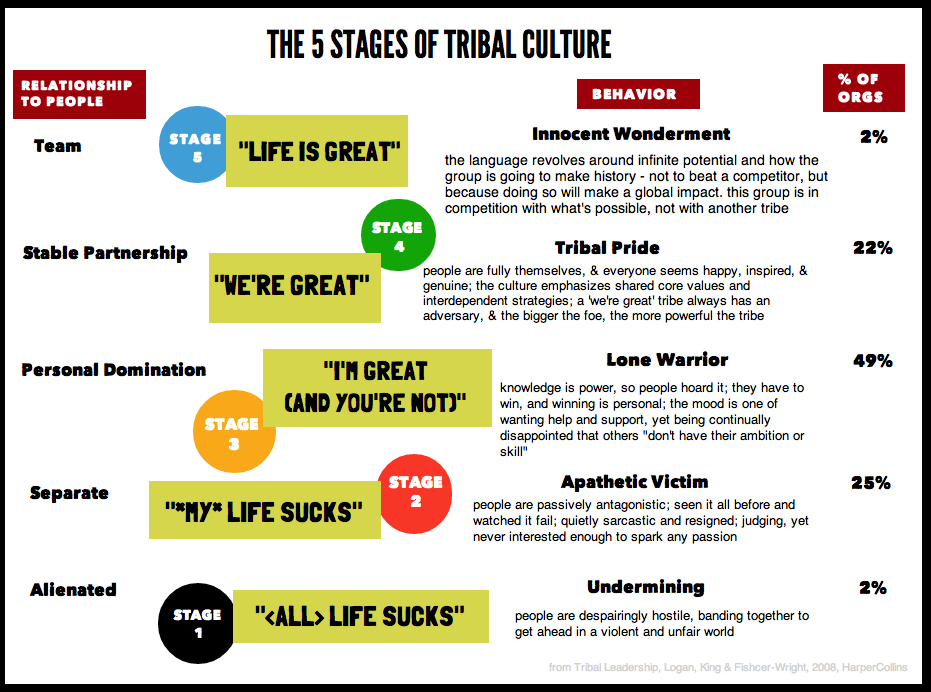A simple toolkit
I've got a crappy memory. To compensate I carry around index cards while away from my computer, and transcribe my notes onto my GTD (Get Things Done) text file. It's archaic, but I've found pen and paper are far more natural and keep conversations fluid.
I take with me little "cheat sheets" of discoveries that have become a part of my leadership toolkit. Feel free to download the toolkit here. They fit nicely on the back of index cards.
I take with me little "cheat sheets" of discoveries that have become a part of my leadership toolkit. Feel free to download the toolkit here. They fit nicely on the back of index cards.
Lead yourself
"Lead yourself, lead your superiors, lead your peers, and free your people to do the same. All else is trivia." - Dee Hock (founder of Visa credit card association)
I've taken the approach of learning with my team by sharing my cheat sheet. The objective is for them to "lead themselves" instead of depending on the conventional role of the manager. Depending on their varying levels of interest, I go into detail about each tool and give them copies upon request.
About the toolkit
The three gaps were described by Stephen Bungay in "Art Of Action" point out "Gaps" leaders face with Plans, Actions and Outcomes. The red text below is how we incorrectly respond to a gap. For example, when responding to the "Knowledge gap" we incorrectly respond by providing more information.
The green text is how we should respond. For example, with the "Knowledge gap" we should provide clear direction in the form of "What and Why".
The 7 levels of delegation are described by this short 3 min video. By having a model to describe how authority is being applied, it helps set expectations on how much influence we all have on the decision.
Transactional Analysis was introduced to me by leadership guru "Greg Witz" during his leadership training course. The diagram below speaks to how we can move into "Parent, Adult or Child" ego states when communicating with colleagues, friends and family.

In short, when communicating with each other we move unconsciously into various ego states. The goal is to return the dialogue back to an "Adult to Adult" conversation. This article speaks about transactional analysis in more detail. At the risk of over-simplifying a simple example can be an interaction you may have with a "Withdrawn Child". The "Nurturing Parent" ego state could bring them back to the conversation into an Adult-to-Adult conversation. To get a true sense of how this works I'd highly recommend signing up for a Witz leadership training workshop.
Dynamic Coaching is an approach to supporting your team depending on their various levels of them being "Willing and Able". I've applied the ego states within each quadrant to help shape how you can approach your colleagues depending on where they are, and if they need support.
The last tool is an extension of Bungay's three gaps, speaking to how leaders can provide strategic intent to increase Alignment without sacrificing Autonomy. It's often seen that Alignment to be in opposition to Autonomy. Either "do as I say" or "do whatever you want". Bungay's challenge this assumption.
The below card shows how a leader can provide clear direction by focusing on the "What+Why". This frees your team to figure out the "how" by aligning with the leaders strategic intent.
The below card shows how a leader can provide clear direction by focusing on the "What+Why". This frees your team to figure out the "how" by aligning with the leaders strategic intent.













